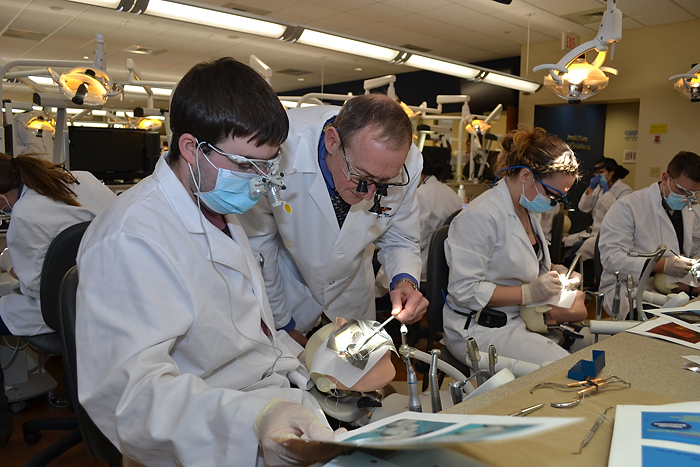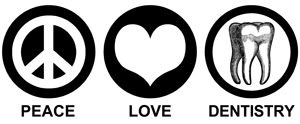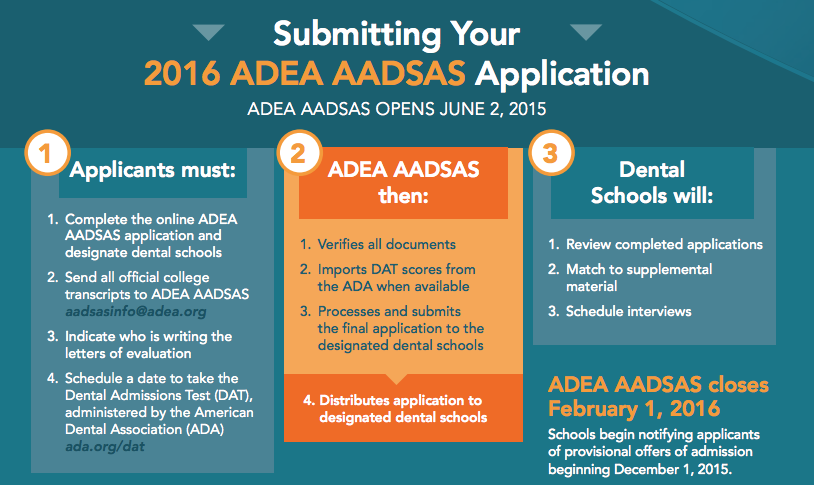As of June 1st the 2017 – 2018 cycle of the AADSAS is officially open!
The time has arrived. So you’ve been working to keep up that GPA, right? Got gleaming DAT scores? How about all that extra stuff like volunteer work, research projects, and extracurriculars? Well now it’s time to lay it all on the line! The American Dental Education Association (ADEA) has officially opened the Associated American Dental Schools Application Service aka the AADSAS for the 2018 cycle!
*Now just because the application is open until February doesn’t mean this gets to go on the back burner. It is highly suggested by literally everyone (schools, advisors, DAT Cracker, and me) that you get your completed application in the summer time!
Check out the full & official ADEA AADSAS Application Instructions here.
For now we’ll focus on the highlights…
Getting Started…
Firstly you’ll need to create an ADEA AADSAS account, here, and receive an identification number for the application process. This account/number is different from you DENTPIN you created for taking the Dental Admission Test (DAT). But have your DENTPIN handy too because you’ll need it submit your DAT scores along to dental schools through the AADSAS.
The application is dense and filling it out all the required information is a task not to be taken lightly. Take your time to insure all the detailed information is correct. Some of the sections you’ll see include Personal Information, Academic History,Relevant Experiences, and your Personal Statement to name a few.
Check out this video from ADEA on filling out the big Academic History section:
In addition to the filling out all the sections of the AADSAS you will also submit official transcripts and your letters of evaluation in order to completely complete your AADSAS 2018 application.
$ Cost $
The total application cost truly lies in the number of dental programs you are planning on applying to. Upon completely the AADSAS the fee is $245 and it includes submission to one school then it’s an additional $98 for each additional school. The application process as a whole can quickly become expensive with the cost of taking the DAT, completely the AADSAS, then individual schools secondary application fees, traveling to interviews, etc. so you really want to do your research and narrow down the programs you really want to apply to!
The Fee Assistance Program (FAP) is available to assist students who demonstrate extreme financial need while completing the AADSAS 2018 process. The FAP covers the initial AADSAS 2018 submission cost as well two additional dental school designations. Availability of these funds is limited and submission of additional paperwork is required so if you’re interested I’d suggest to get on this post haste! All the info: Fee Assistance Program.
TMDSAS
If you are a Texas resident applying to a Texas school then you need the Texas Medical & Dental Schools Application Service aka the TMDSAS, which already opened up May 1st! Applicants from Texas MUST use this application while non-Texas residents can apply with either the TMDSAS or the AADSAS! FYI the $150 app fee covers you to apply to all three dental schools! This application deadline is a whole lot sooner than the AADSAS 2018; the TMDSAS closes on 5:00 pm (central time) on September 29th!
Check out the Blog!
Be sure to take a gander at the other DAT Cracker blog posts covering the big application such as Letters of Recommendation, The Interview, and stay tuned for much more!










